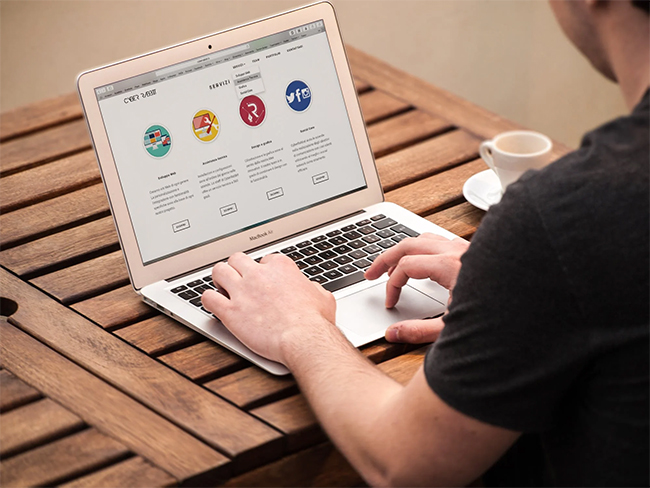
- February 2, 2024
- Innomax
- 0
Are you unhappy with the performance of your existing WordPress website? Or is your website not functioning well? Perhaps, it’s time to redesign your WordPress website.

As one of the leading WordPress development agencies in India, we have helped hundreds of small business owners around the world redesign their websites with better design & features. Today, we are going to share the redesign process that we follow to revamp/redo a WordPress website. If you have some basic technical skills or know-how, you can follow these steps to redesign your website. However, if you don’t possess the required skills or if you don’t feel confident to follow these guidelines, consider hiring a web developer in India.
Let’s start!
#1 Backup comes first
Before you do anything, it’s important to back up your website first. This is what most Indian website builders do when redesigning or even repairing a WordPress website. Taking a full backup of your website will ensure that you can easily restore your website to normal just in case you need to.
#2 Setup new website
The next step, or rather the first step of redesigning your WordPress website, is to set up a new WordPress set up on a different server or in a different location on the same server (so that it doesn’t clash with your existing website). Most server’s control panel (cPanel) provides WordPress installation in just a few steps.
Once you set up a new WordPress website in a different location, you can install the theme that you want for your new website. After the theme is installed, the next step then is to import the demo data to make sure that your new website structure is perfect.
After this step, you will have a beautiful website set up but without your actual data or features.
#3 Install plugins
After setting up the new website setup, the next step is to install all the plugins (one by one) you have on your existing website. This is to make sure that all the features that you have on your current website, are carried over to your new website as well.
#4 Import plugin data
Just installing all the plugins may not fully do the job. You may also need to import all the data that your current website holds for each plugin to the new website. In other words, you need to download the data from each plugin on your existing/old website and then import/upload the data to the respective plugin on your new website.
If this process sounds complicated to you, we suggest hiring a professional WordPress developer in India should be helpful.
#5 XML Export
After importing all the plugin data to your new website, now is the time to migrate the contents which may include texts & images from all the pages and posts/blogs from your existing website to the new one.
To do this, below is the process:
Go to WordPress dashboard > Tools > Export > Choose All Content and then click the “Download Export File” button. This step will download all the data from your existing website in the form of an XML file.
#6 XML Import
The next step is to import the data downloaded from your existing website, to the new one.
To import the data, you need to go to the WordPress dashboard > Tools > Import and then click the “Run Importer” link under the “WordPress” option. Here, you can upload the exported file that you downloaded from your existing website.
#7 Check web pages & fix them
After you import the data to your new website, you must make sure that all the web pages are showing correctly. If you find any issues in the design or alignment of any web pages of your site, you must fix them immediately. Unsure how to do this? Hire a web developer to fix them.
#8 Launch the website
After testing, troubleshooting, and repairing the required errors on your website, the final step is to launch your website. This can be done by replacing your current website with the newly redesigned website.
#9 Test again
To make sure that everything is working as expected and designed, have a thorough check on all the pages for their designs and functionalities. This process is important because often after making the website live from another location/server, the image paths or the CSS paths may not work because of the server/location changes. So, this final testing is one of the most crucial steps of any web redesigning process.





